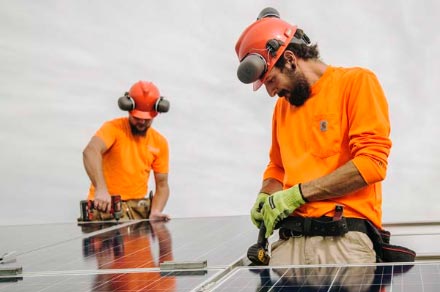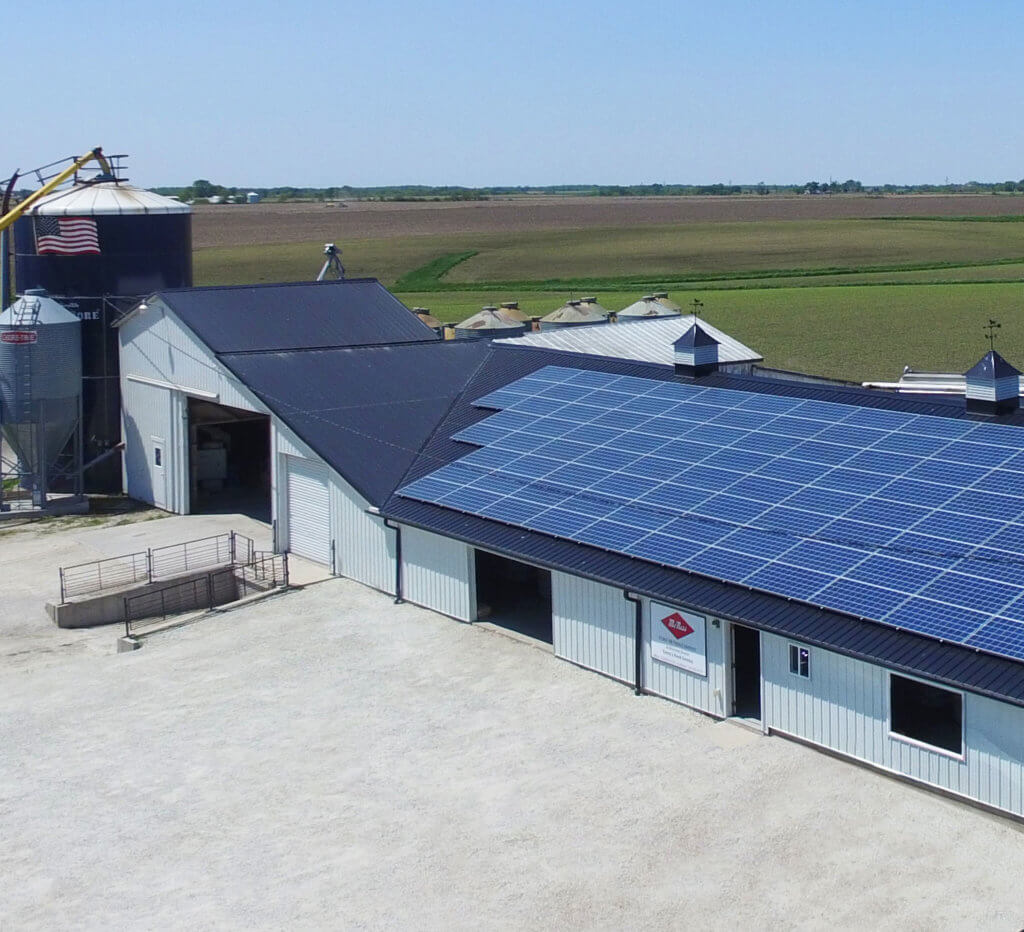We’re pleased to share an important legislative update for Iowa. The Net Metering Transition to Value of Solar Bill is a new policy that systematizes net metering while creating a new, optional inflow-outflow system. This legislation provides certainty for solar customers on policy for both net metering and the inflow-outflow method going forward. This bill would apply to investor-owned utilities in Iowa, including customers of MidAmerican and Alliant Energy.
Last week, the bill (SF 583) passed both the House and Senate by a unanimous vote. The bill will soon be sent to the Governor for final consideration. If signed into law by the Governor, the bill will go into effect July 1, 2020.
Key Points
VALUE OF SOLAR
Value of Solar (VOS) is a methodology for determining the monetary value of electricity produced by renewable energy systems. VOS considers the unique features of solar energy production to determine an acceptable market value that benefits both electric consumers who wish to own and operate their own solar energy systems (home owners, businesses, schools, etc) as well as utilities. The VOS methodology would be created through a stakeholder process overseen by the Iowa Utilities Board and utilizing an independent third party consultant. The inputs for the VOS Study are based on those included in the Minnesota VOS. The VOS rate will be unique to each utility based on their specific inputs. The tariff will be updated annually and the methodology updated every three years.
The Iowa VOS rate will not fluctuate by more than 5% annually.
OUTFLOW RATE
The outflow rate will initially be set at the applicable retail rate for the rate class, and therefore would be economically equivalent to net metering from a customer perspective.A VOS study would be triggered when distributed solar penetration in the Alliant and MidAmerican service territories combined reaches 5% of total peak demand for the two utilities (determined annually by the Iowa Utilities Board) or after 7 years if the utilities petition the IUB to begin the VOS process, whichever is sooner. Customers would receive a locked-in outflow rate for 20 years that would be set:
This new policy will codify net metering while creating a new, optional inflow-outflow system. It would provide certainty for customers on policy for both net metering and the inflow-outflow method going forward including prohibitions on:
The bill also specifies that both the net metering credit and outflow rate cover all volumetric charges including any riders charges on a kWh basis. Existing net metering customers will have the option to remain on the current net metering tariff for the remaining duration of their contract.
The utilities will be able to use their own clean energy fund (comprised of voluntary customer contributions) to cover the costs of outflow payments to solar customers and avoid collection of these costs through the rider.
The proposed bill, Senate File 583 can be found online at the Iowa Legislator here.








